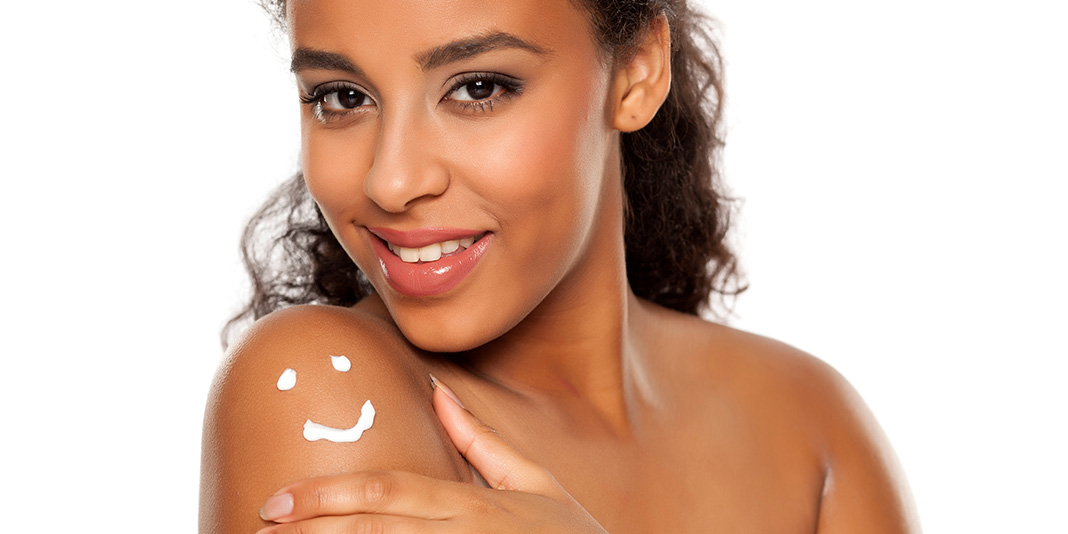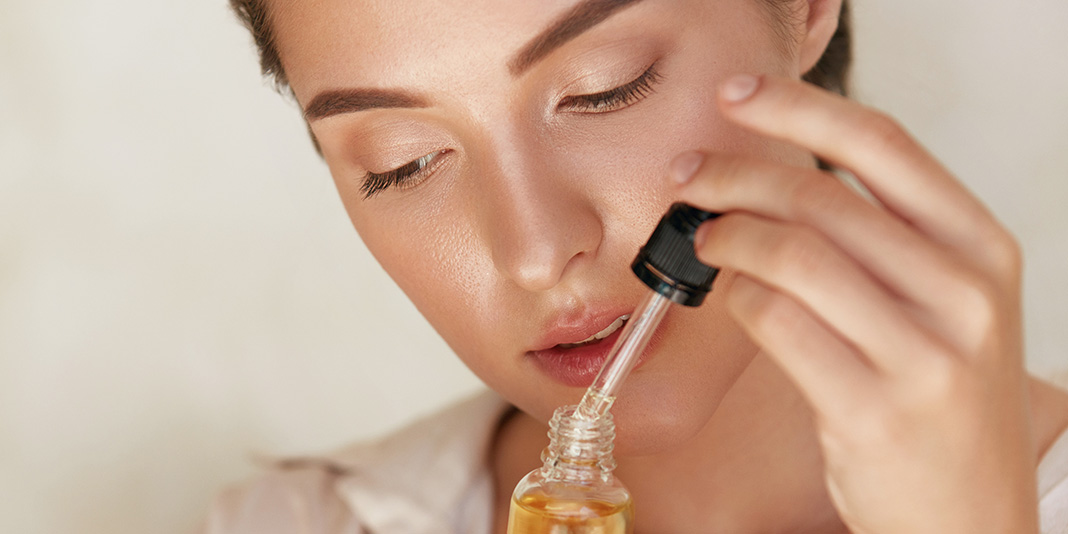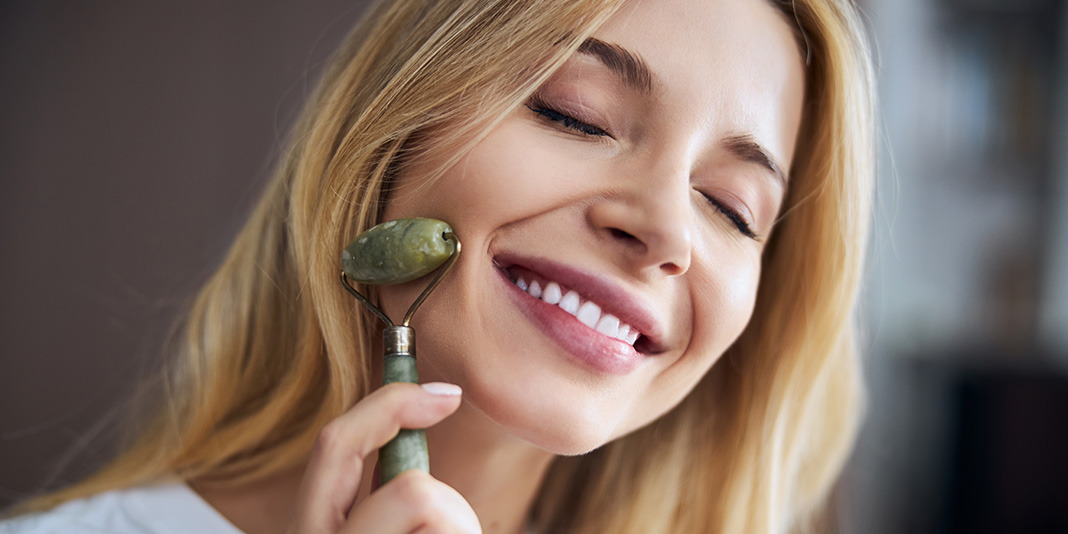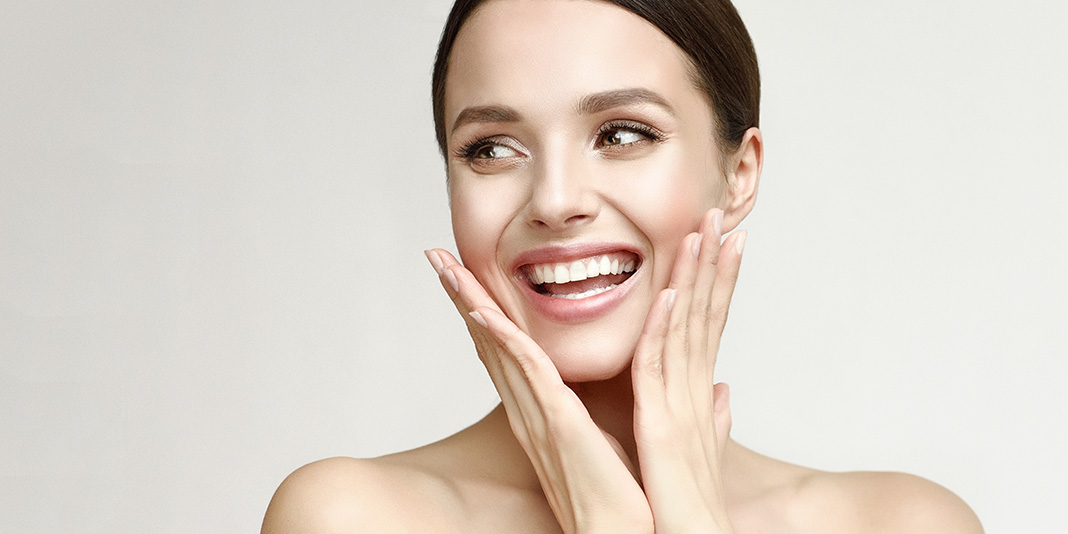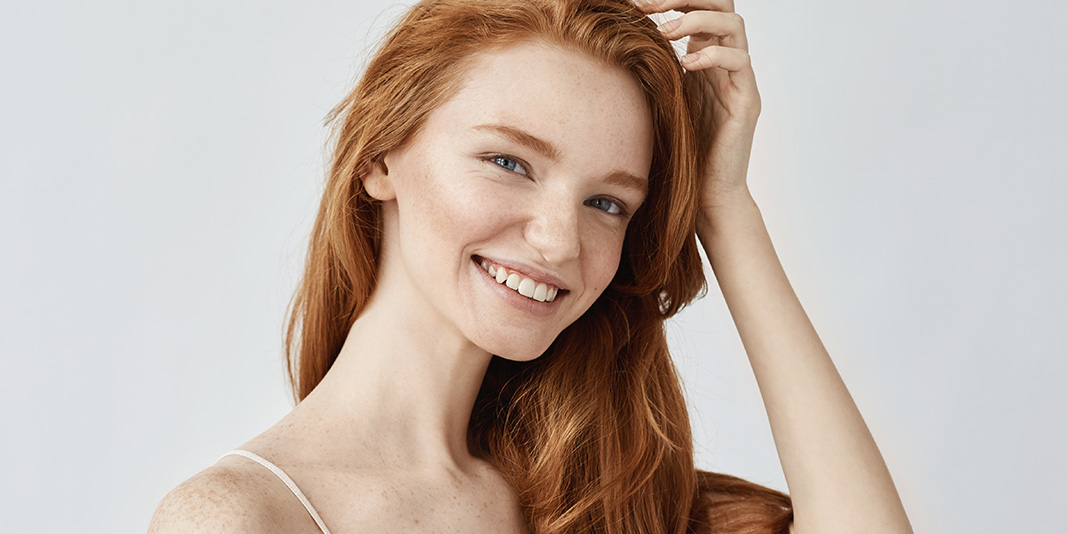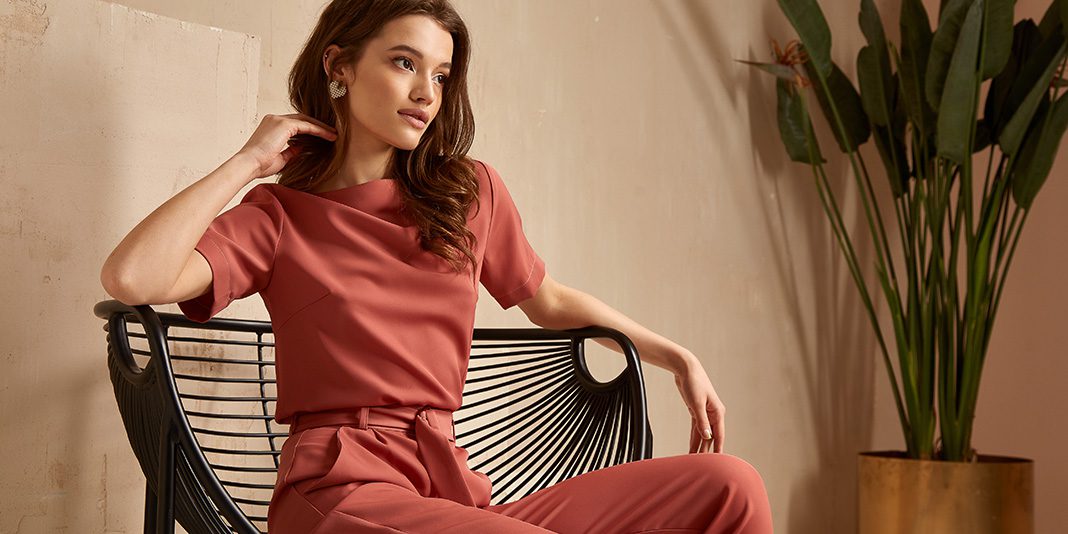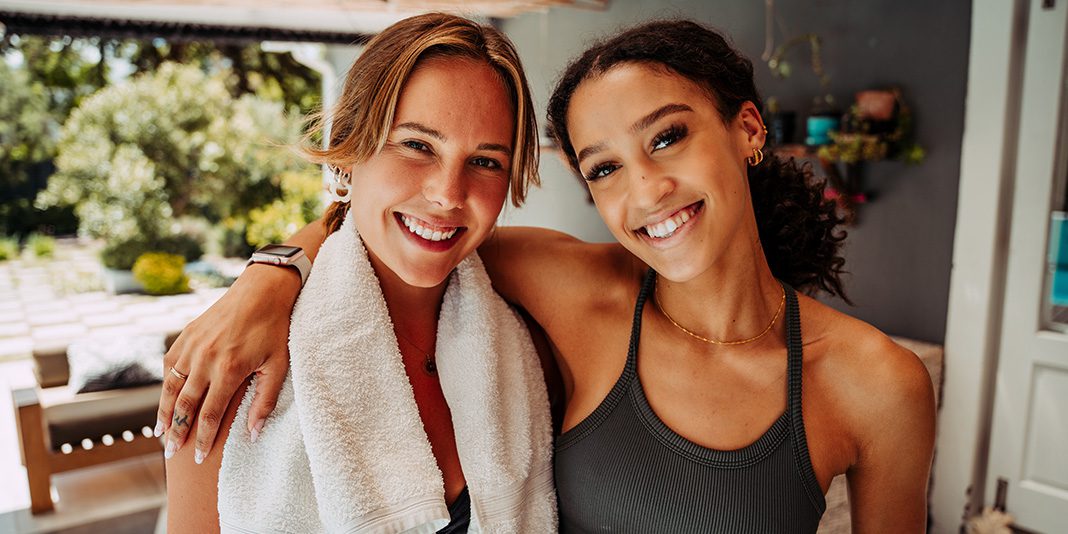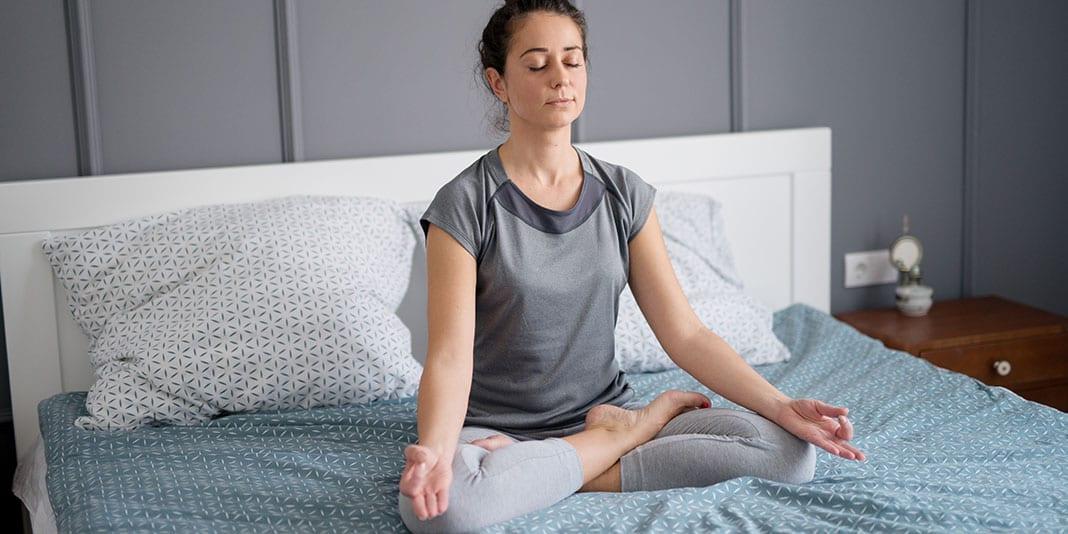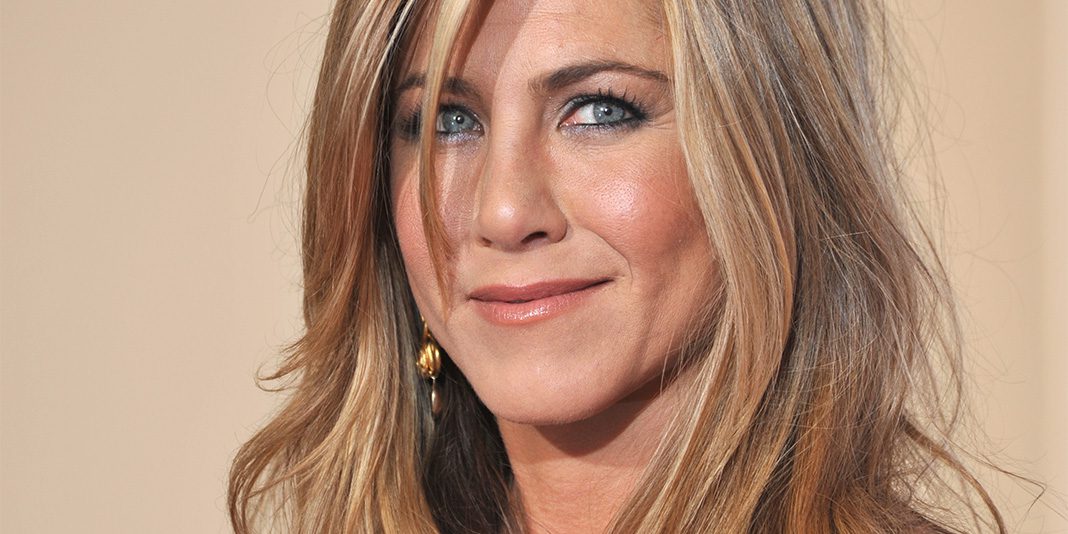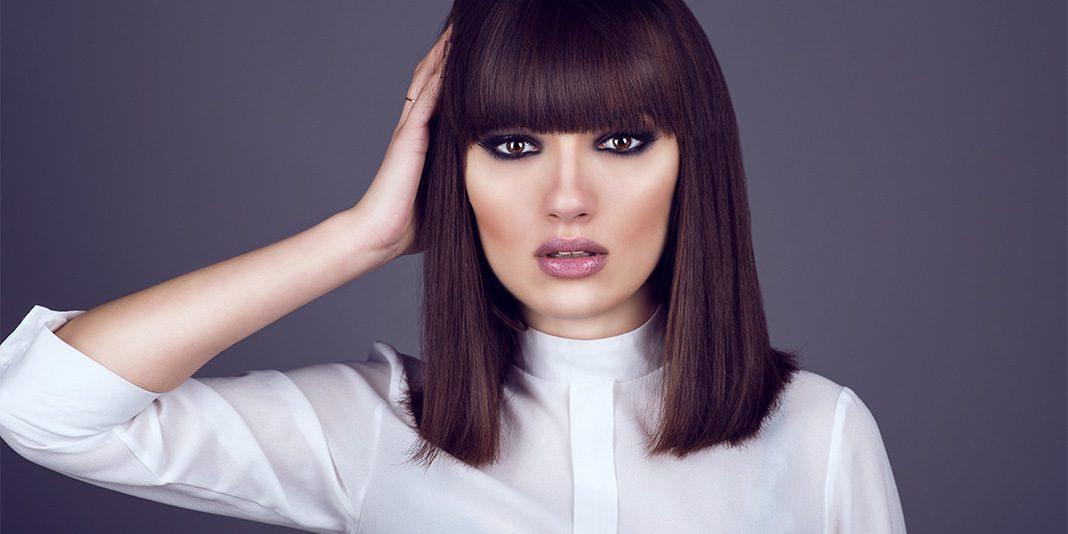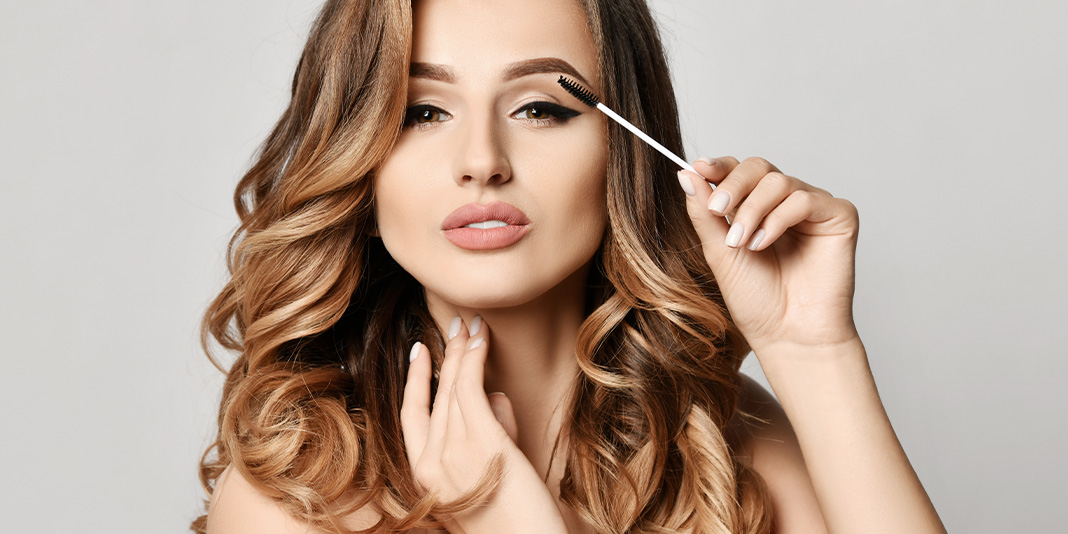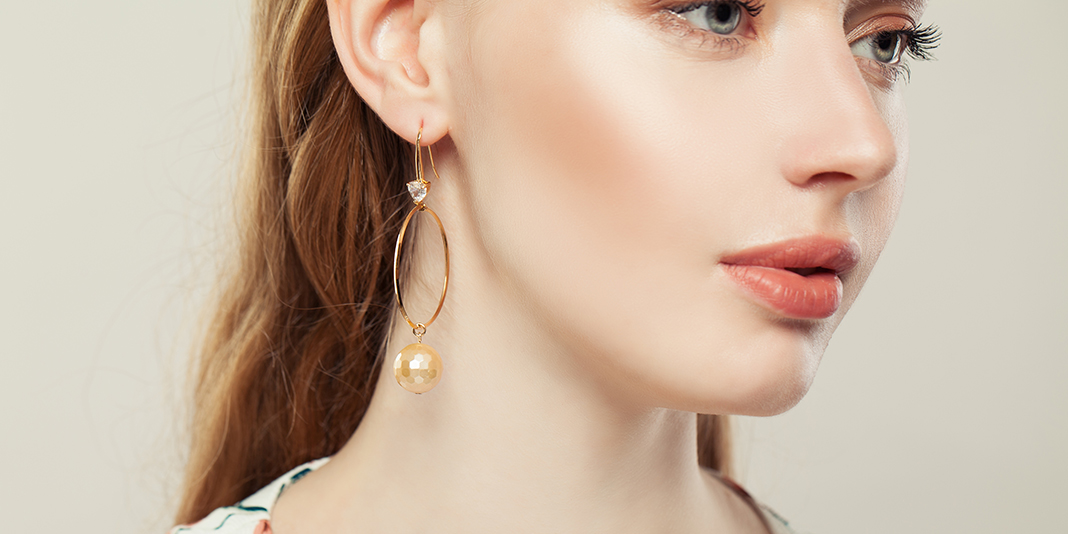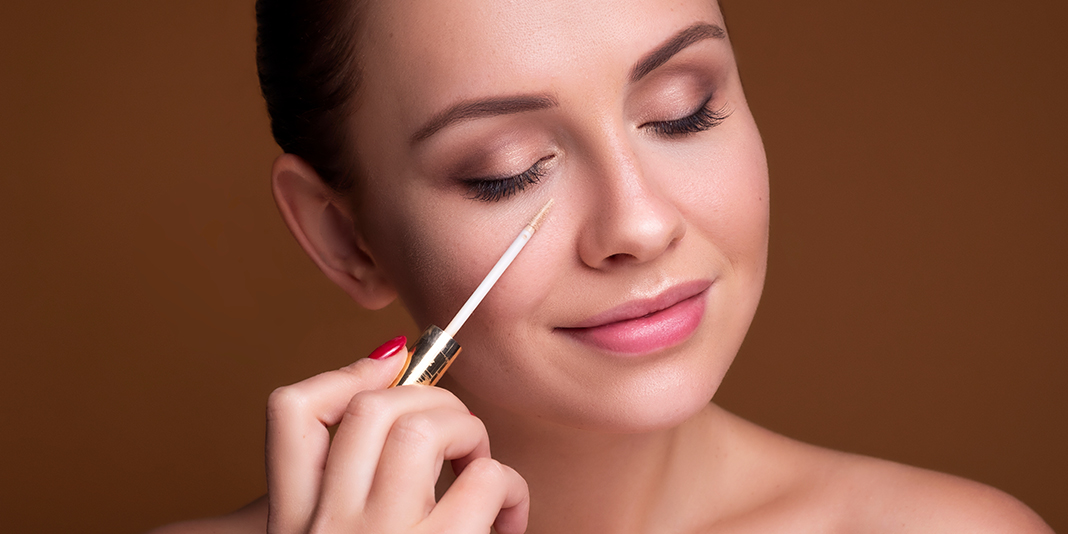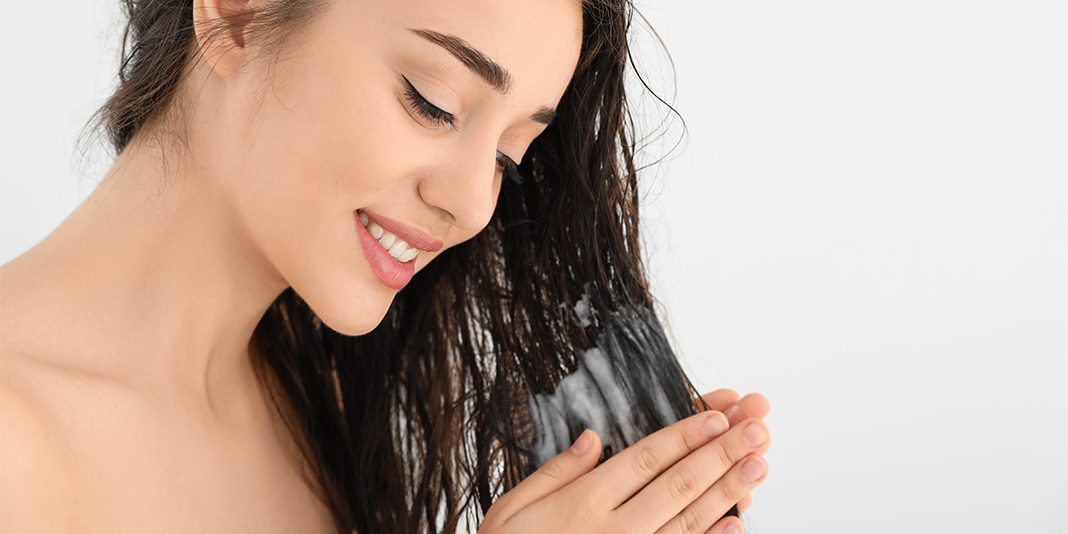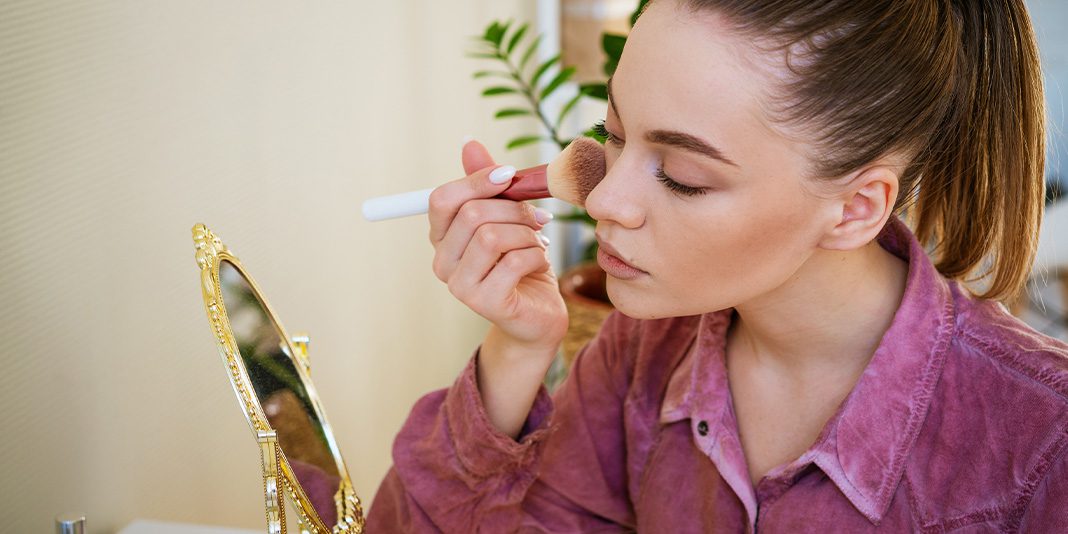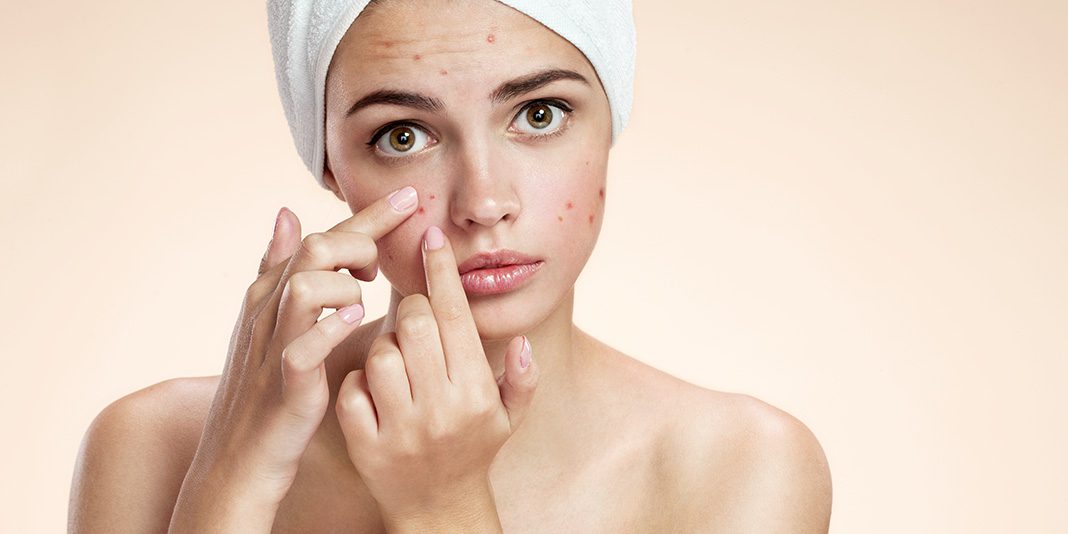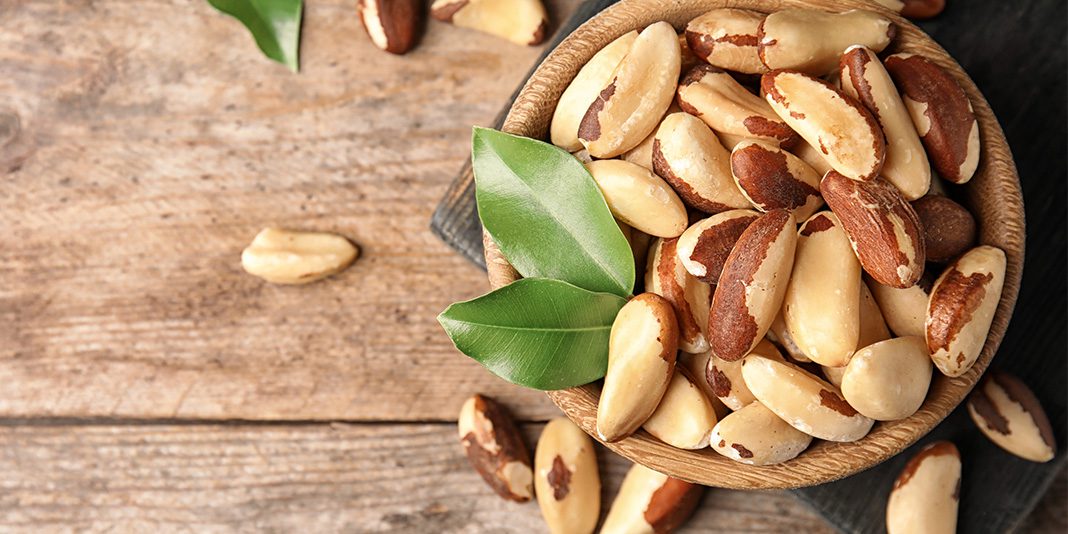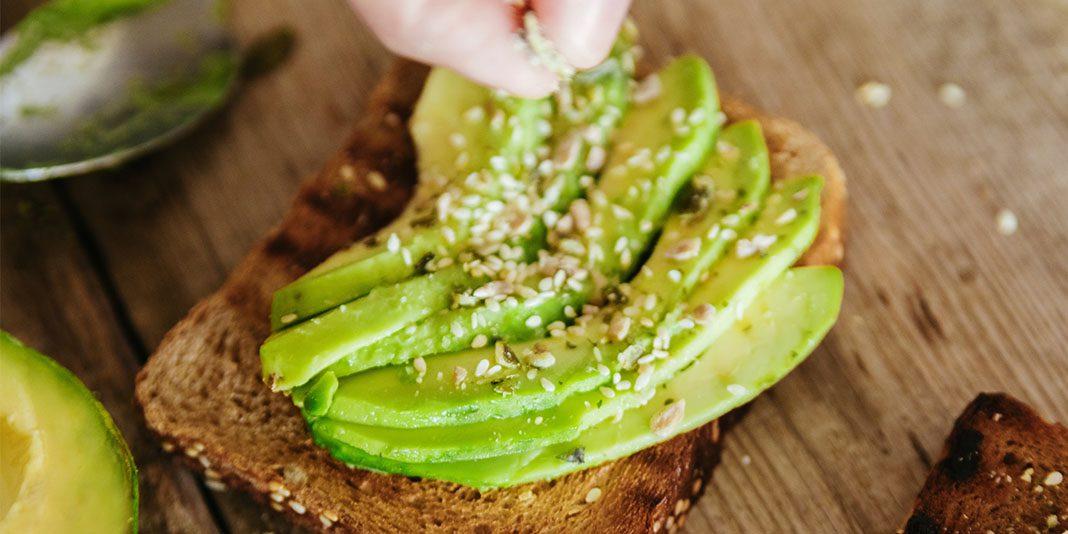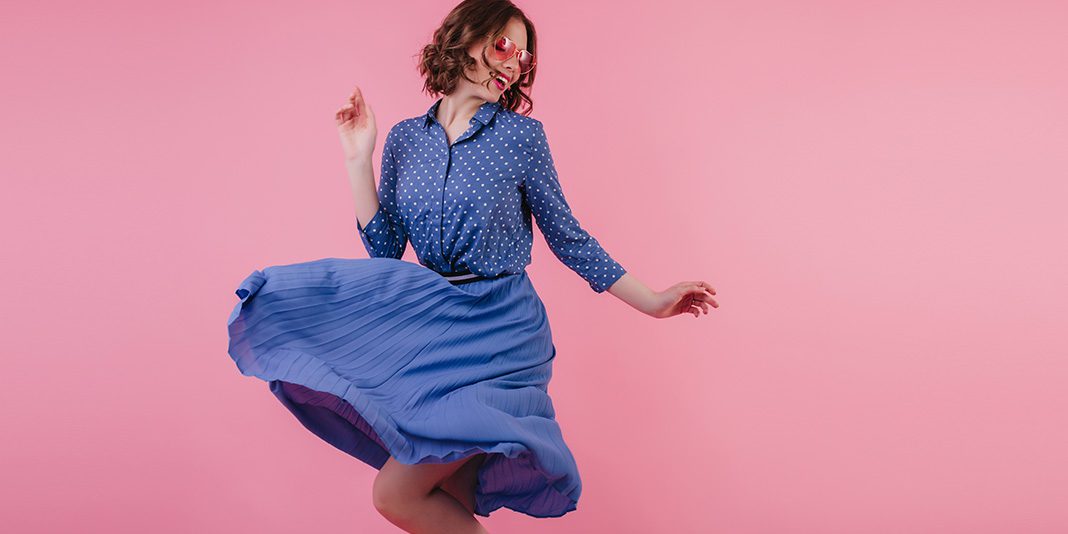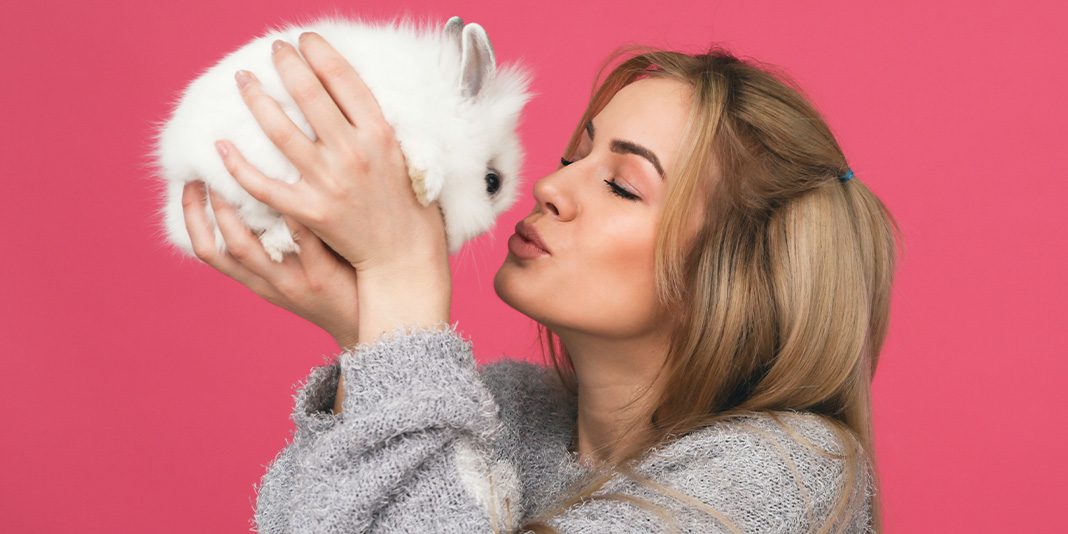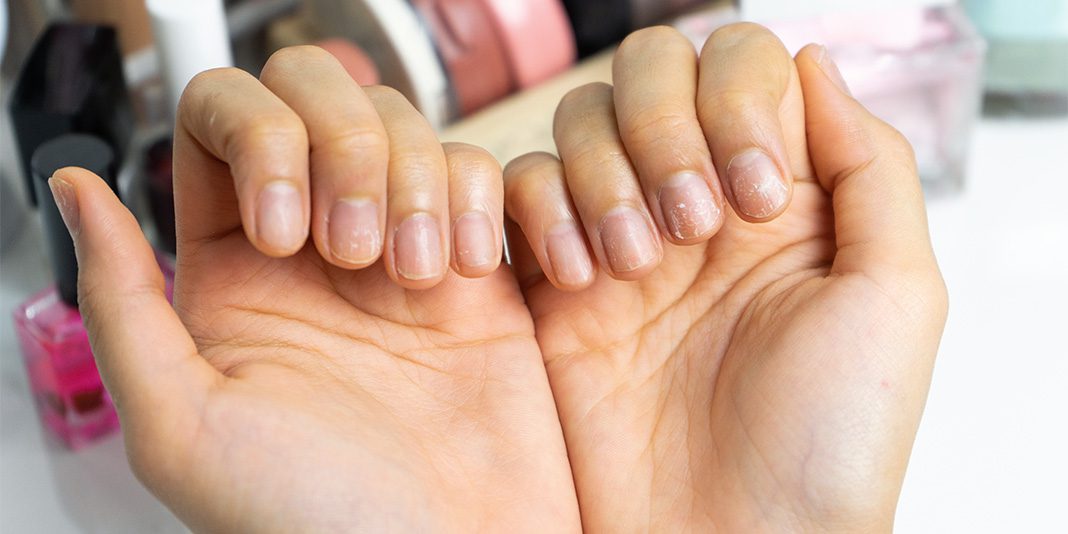The Science Behind Grays
It’s long been believed that we go gray when the cells in the hair follicle (called melanocytes) stop injecting the strands with melanin. For most people those first errant strands start popping up sometime in the mid-30s to early 40s, but for some it occurs even earlier than that. The result: an unpigmented hair that, despite its gray appearance, is actually white.
“Each hair follicle stops producing melanin at different times so the combination of white hairs lying against other colored strands, makes them appear gray,” says Perry Romanowski, a cosmetic chemist in Chicago.
But a breakthrough three years ago at the University of Bradford in Great Britain found that was only half of the gray hair puzzle. They discovered that youthful hair cells produce hydrogen peroxide that gets converted into hydrogen and oxygen. But as we age, even that system starts slowing down leaving hair to (essentially) bleach strands from the inside out.
Genetics play a role too, as does genotoxic stress (chemical stressors that bring about DNA damage), not the plain-‘ol my-kids-are-driving-me-crazy melee. (Though a stressful life event such as divorce or illness can trigger a condition that causes hair to shed more quickly and the regenerated hair could grow back in gray).
RESEARCH: Genotoxic Stress Turns Hair Gray
To Dye or Not to Dye?
So now that hair is essentially colorless, should be easy to chemically add it back in, right? Unfortunately, no. “Gray hair completely lacks melanin and doesn’t have anything to back up the pigments so the color appears washed out,” says Ni’Kita Wilson, YouBeauty Cosmetic Chemistry Expert. Think of it as white paint on a white wall versus a layer of white paint on a glass window; the color won’t be as pronounced.
Coloring grays may be difficult, but it’s not impossible. Black and brown tones will have the easiest time reviving their strands as “darker dyes are absorbed best by gray hair,” says Romanowski. And while blondes and redheads may have to work harder to camoflage those ashy strands, grays aren’t as apparent on lighter shades as they are on deeper ones.
MORE: The Best Hair Color for Your Skintone
For locks that are about 20 to 25 percent gray, use a demi- or semi-permanent hair color that’s closest to your natural tone in order to blend away the grays with minimal damage to the hair. Both types deposit color without ammonia, but the demi-permanent color “uses a stronger concentration of hydrogen peroxide to open up the hair cuticle and inject more color,” says Romanowski. As a result, demi-permanent color lasts almost twice as long as semi-permanent. Semi-permanent color delivers a rich, shiny color but fades out in six to 12 shampoos.
RESEARCH: Your Hair Can Make You Look Younger
If more than half of your hair is gray, go the permanent color route. Permanent hair color contains ammonia which opens the hair cuticle to allow the color to penetrate.
Many colorists advise not taking on the challenge of coloring gray hair yourself—at least not the first time. “Gray hair is not something you want to take a chance on,” says Vasken Demirjian, a hair colorist and owner of a salon in White Plains, New York. “See a colorist who has studied color and has had years of practice.” Keep in mind, too, that if things go haywire as you DIY, the color correction can cost more than a regular salon visit for coloring.
Hiding Grays
Whether you are between salon visits or starting to see a few grays pop up, products with temporary hair color can work wonders, thanks to foolproof application and a wide range of color choices. The following products conceal grays effectively and help maintain hair health.

